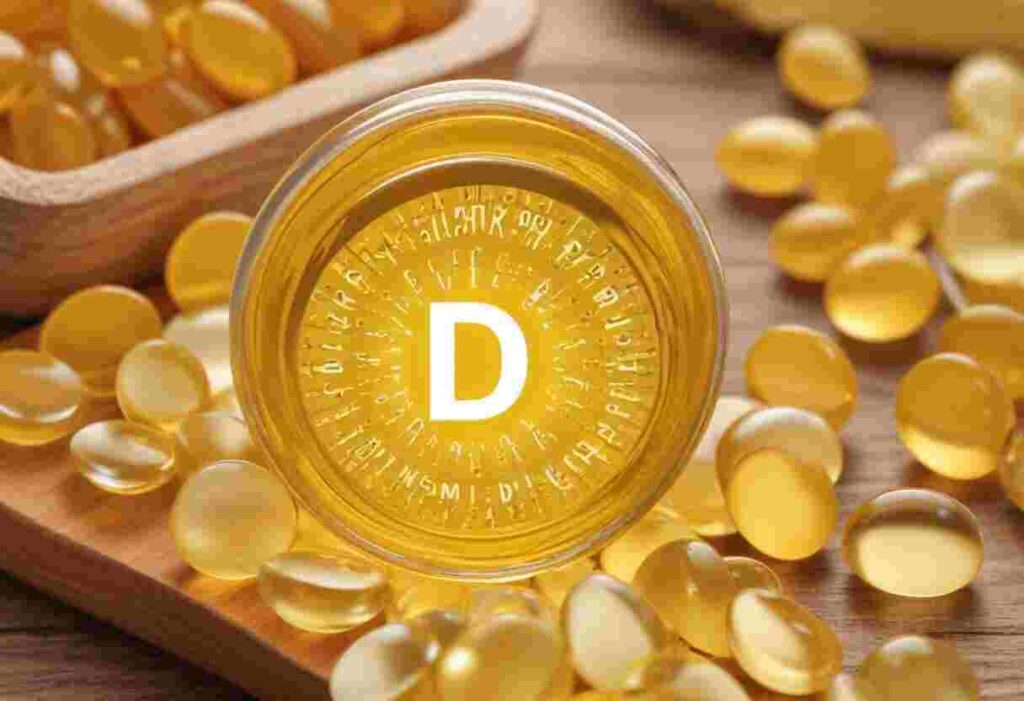To maintain healthy bones and an effective immune system, the body requires vitamin D. However, many people in this world do not get enough vitamin D. If they don’t have enough vitamin D deficiency they face problems like hearts and weak bones. With the help of vitamin D doctors can treat and manage this problem with the help of special coding systems called ICD-10.
What is Vitamin D?
Vitamin D is a fat-soluble vitamin that helps your body absorb calcium and phosphorus, essential for strong bones. It also supports the immune system, reduces inflammation, and regulates cell growth. You can get vitamin D from sunlight, certain foods like fatty fish-fortified dairy products, and supplements.
Causes of Vitamin D Deficiency
A Vitamin D deficiency can occur for a number of reasons:
- Limited Sun Exposure: People who live in areas with little sunlight, use a lot of sunscreen, or stay indoors most of the time may not get enough sunlight to make enough vitamin D.
- Dietary Intake: Not eating enough foods rich in vitamin D can lead to a deficiency, especially for those with specific dietary restrictions.
- Absorption Issues: Conditions like Crohn’s disease, celiac disease, and cystic fibrosis can make it hard for the intestines to absorb vitamin D from food.
- Kidney and Liver Function: The kidneys and liver convert vitamin D into its active form. Problems with these organs can interfere with this process.
- Age: Older person are at higher risk because their skin doesn’t make vitamin D as well, and they might spend more time indoors.
Symptoms of Vitamin D Deficiency

The symptoms of vitamin D deficiency can start off mild but can become more noticeable over time:
- Bone Pain and Muscle Weakness: Because vitamin D helps with calcium absorption and bone health, a lack of it can cause pain and weakness in bones and muscles.
- Fatigue: Feeling tired all the time can be a sign of vitamin D deficiency.
- Mood Changes: Low levels of vitamin D have been linked to depression and mood swings.
- Frequent Infections: Since vitamin D helps the immune system, not having enough can make you more likely to get infections.
- Impaired Wound Healing: Slow healing from cuts or surgeries can be a sign of low vitamin D levels.
ICD-10 Classification of Vitamin D Deficiency

ICD-10 codes are used to classify and code medical diagnoses, symptoms, and procedures. The following ICD-10 codes are relevant for vitamin D deficiency:
- E55.9: Vitamin D deficiency, unspecified
E55.0: Rickets, active (a condition caused by Vitamin D deficiency, especially in children)
Explanation: - E55.9: Vitamin D deficiency, unspecified: This code is used when a patient is diagnosed with Vitamin D deficiency, but there are no specific details about the type or cause.
- E55.0: Rickets, active: This code is for active rickets, a condition from Vitamin D deficiency that softens and weakens bones in children.
These codes are part of the ICD-10 system by the World Health Organization (WHO) and are used by healthcare providers for accurate diagnosis and billing.
| ICD-10-CM Code | Description | Use for Reimbursement |
| E55 | Vitamin D deficiency | No |
| E55.9 | Vitamin D deficiency, unspecified | Yes |
Treatment of Vitamin D Deficiency
Treating vitamin D deficiency usually involves increasing vitamin D through diet, supplements, and sun exposure:
- Vitamin D Supplements: The most common way to treat a vitamin D deficiency is by taking supplements, available as tablets, capsules, and liquids. The dosage depends on the severity of the deficiency, so it’s important to get advice from a healthcare provider.
- Dietary Changes: Eating more foods that are rich in vitamin D can help. Good options include fatty fish (like salmon and mackerel), egg yolks, fortified milk, and cereals.
- Sunlight Exposure: Spending more time outside in the sun can naturally increase your vitamin D levels. However, how much sun you need can depend on your skin type, where you live, and the time of year.
- High-Dose Therapy: If you have a severe deficiency, doctors might recommend high-dose vitamin D therapy. This means taking large doses for a short time, followed by a regular maintenance dose.
Prevention of Vitamin D Deficiency
Lack of vitamin D can cause health problems like rickets in children and weak bones in mature person. Here’s how to avoid it:
- Get Some Sun: Spend 10-30 minutes in the midday sun a few times a week. Remember to protect your skin to avoid damage.
- Eat Well: Include foods with vitamin D in your diet, such as fish, dairy products, and fortified foods.
- Take Supplements: If you’re at risk of low vitamin D, like living in northern areas, being older, or not getting much sun, take a daily vitamin D supplement.
- See Your Doctor: Regular check-ups can help keep track of your vitamin D levels and catch any issues early, especially if you’re at higher risk.
Living with Vitamin D Deficiency

Having a vitamin D deficiency doesn’t mean your life has to be limited. By working closely with your doctor, you can create a treatment plan to tackle the deficiency and improve your overall health. Here are some extra tips:
- Regular Checkups: Schedule regular visits to monitor your vitamin D levels. This helps in monitoring progress and modifying your treatment strategy as necessary.
- Sunshine Time: Enjoy some safe sun exposure each week, but be sure to use sunscreen to protect your skin.
- Healthy Eating: Fuel your body with foods rich in vitamin D, such as fatty fish, egg yolks, and fortified foods.
- Open Communication: Talk openly with your doctor about any concerns you have regarding your vitamin D deficiency or treatment plan. They can provide guidance and support.
Conclusion
Vitamin D deficiency is common and often overlooked, but it can lead to serious health problems. Knowing the causes, symptoms, and treatments is important for staying healthy. The ICD-10 code E55.9 helps healthcare providers diagnose and treat this deficiency properly, ensuring patients get the care they need. By making dietary changes, taking supplements, and getting enough sun exposure, people can prevent and treat vitamin D deficiency, leading to better overall health and well-being.
Visit here: ICD-10-CM CODES
